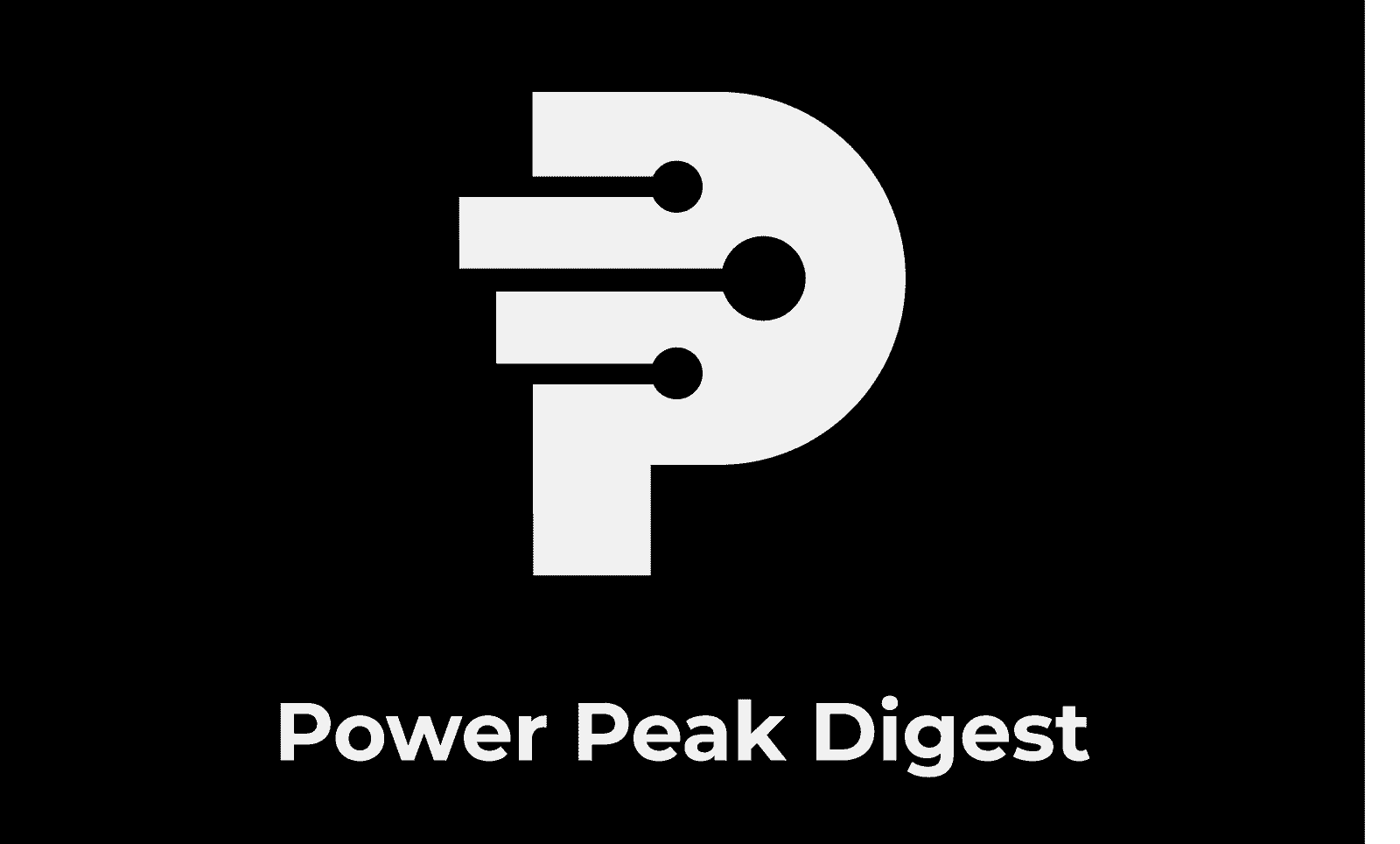FACTS devices in modern power systems
Flexible AC transmission system (FACTS) devices use power electronics to dynamically control voltage, impedance and phase angle in AC networks. They improve stability, boost transfer capacity, and enhance power quality in heavily loaded grids and those with high renewable penetration. Traditional transmission systems are rigid and slow to respond. FACTS devices solve this by adding voltage or current in a controlled way, either in series or parallel with the line. This real-time control helps reduce…
